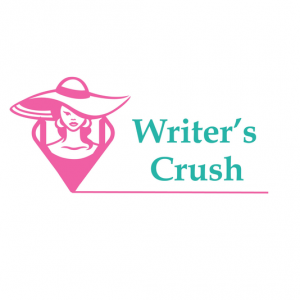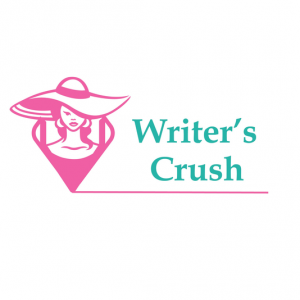For authors, the blank page holds both promise and challenge—an empty canvas awaiting the strokes of imagination. In this article, we delve into the art of conquering the blank page—navigating the treacherous waters of writer’s block and igniting the flames of creativity. Join us as we explore strategies, insights, and exercises that empower authors to overcome obstacles and transform blank pages into literary masterpieces.
**Demystifying Writer’s Block**
Writer’s block is a familiar adversary—an unwelcome guest that can stall even the most prolific writer’s progress. This phenomenon is rooted in psychological, creative, and emotional factors. Understanding its causes empowers authors to address them head-on.
**Embracing Imperfection: The Freedom to Write Badly**
Perfectionism is a writer’s foe, breeding self-doubt and inhibiting creativity. Authors combat writer’s block by embracing imperfection—allowing themselves to write without judgment, knowing that editing and refinement will come later. Granting oneself permission to write badly liberates creativity from the shackles of unrealistic expectations.
**Exploring Diverse Creative Outlets**
When the written word proves elusive, authors can explore alternative creative outlets. Engaging in activities like drawing, painting, or even crafting can stimulate a different kind of creativity, unblocking mental pathways and inspiring fresh perspectives that can be translated back into writing.
**Writing Prompts: Kindling the Creative Fire**
Writing prompts are sparks that ignite the creative fire. These prompts—simple phrases, images, or scenarios—challenge authors to write without inhibition, unearthing unexpected ideas and narratives. Writing prompts transform the blank page into a playground of possibilities, encouraging authors to explore uncharted territories.
**Routine and Ritual: Creating a Writing Habit**
Consistency is key to overcoming writer’s block. Authors establish routines and rituals that signal to the mind that it’s time to write. Whether it’s dedicating a specific time of day, lighting a candle, or playing a particular song, these cues signal the brain to switch into creative mode, bypassing resistance.
**External Inspiration: Mining the World for Ideas**
The world is a treasure trove of inspiration waiting to be discovered. Authors tap into external stimuli—conversations, nature, art, travel—to fuel their creativity. Observing the nuances of human interaction, exploring unfamiliar landscapes, or even people-watching can generate a wealth of story ideas.
**Mindfulness and Meditation: Quieting the Noise**
Mental clutter can stifle creativity. Authors practice mindfulness and meditation to quiet the noise, allowing thoughts to flow freely. By focusing on the present moment and cultivating a calm mind, authors create an optimal environment for ideas to emerge and flourish.
**Collaboration and Dialogue: Enriching Ideas**
Engaging in creative dialogue with fellow writers or artists can break the chains of isolation and invigorate creativity. Collaborations bring diverse perspectives to the table, sparking conversations that birth new ideas, challenge assumptions, and lead to collaborative works that enrich the creative landscape.
**Progress, Not Perfection: Celebrating Small Victories**
Overcoming writer’s block is a series of small victories. Authors celebrate each word written, each paragraph completed, and each breakthrough achieved. Acknowledging progress, regardless of scale, nurtures a positive mindset and fuels the determination to conquer the blank page.
**Transforming Blankness into Brilliance**
Conquering the blank page is an act of resilience, adaptability, and self-discovery. Authors transform the empty canvas into a realm of boundless potential, armed with strategies to dismantle writer’s block and nurture creativity. As authors emerge victorious, they demonstrate the indomitable spirit of creators who refuse to be daunted by the blankness but instead illuminate it with the brilliance of their words.

